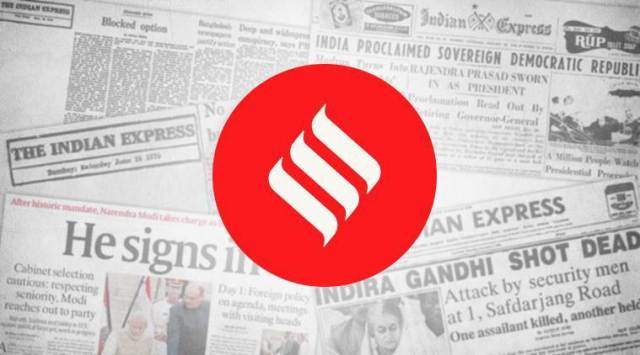
India’s economic slowdown deepened further in the third quarter of the current financial year. The economy grew at 4.7 per cent in the October-December quarter, down from the revised estimate of 5.1 per cent in the second quarter. The picture is, however, much worse than what the headline numbers suggest. Growth continues to be propped up by higher government spending.
At the aggregate level, gross value added grew by 4.5 per cent in the third quarter, down from 4.8 per cent in the previous quarter. But excluding public administration, defence and other services, which largely connote government spending, value added by the rest of the economy grew by a mere 3.7 per cent in the third quarter, down from 5.2 per cent in the same quarter last year. The manufacturing sector continues to disappoint, contracting for two consecutive quarters. For the full year, the sector is expected to grow barely at one per cent, down from 5.7 per cent in the last year. Construction activity also slowed down reflecting the continued dismal performance of the real estate sector. The other worrying aspect is that gross fixed capital formation, which represents investment in the economy, has now contracted for two straight quarters, with the decline accelerating. The NSO now expects investments to contract by 0.6 per cent in 2019-20, after growing by 9.8 per cent in the previous year, underscoring the continued weakness in investment activity.
The latest data suggests that the statistics office believes that the economy has bottomed out. Gross value added is expected to pick up to 5 per cent in the fourth quarter, up from 4.5 per cent in the third quarter. Data of the eight core sectors, which have now grown for two consecutive months, offer some encouragement. However, there are downside risks. For one, the Centre’s revenues may well fall short of the revised estimates. This may impinge on its ability to maintain its spending at current levels in the fourth quarter. Second, the full impact of the coronavirus is yet to play out. Economic activity in February and March is likely to be impacted directly and indirectly, depending on the duration and intensity of its spread. Disruptions in supply chains and lower external demand may further add to domestic issues.